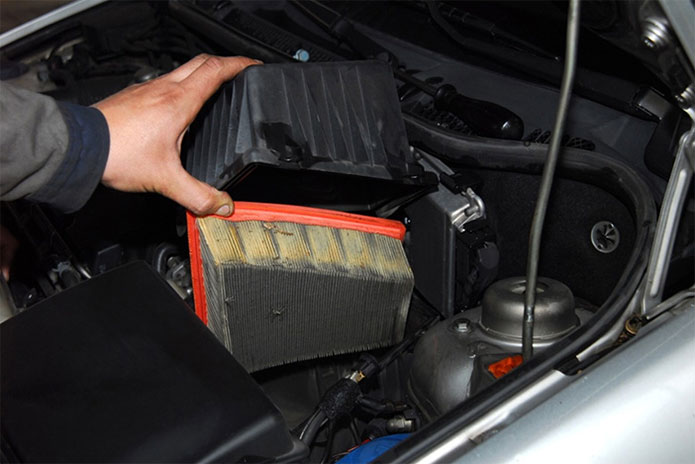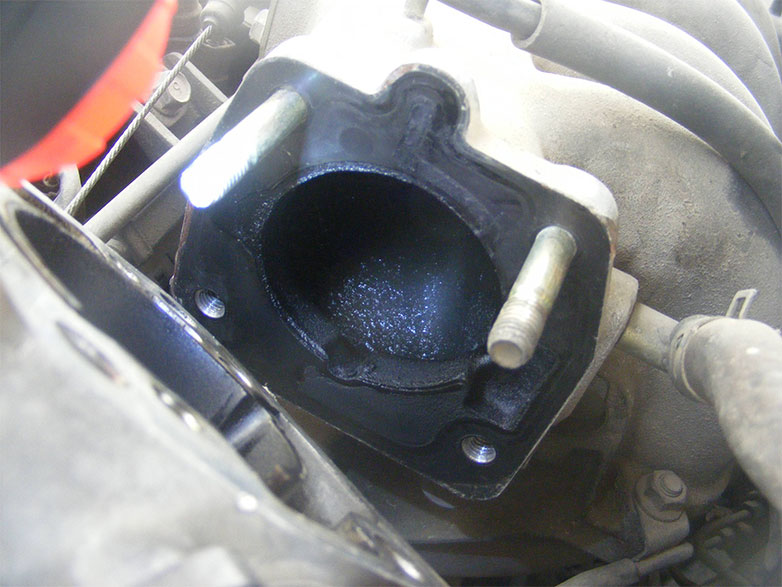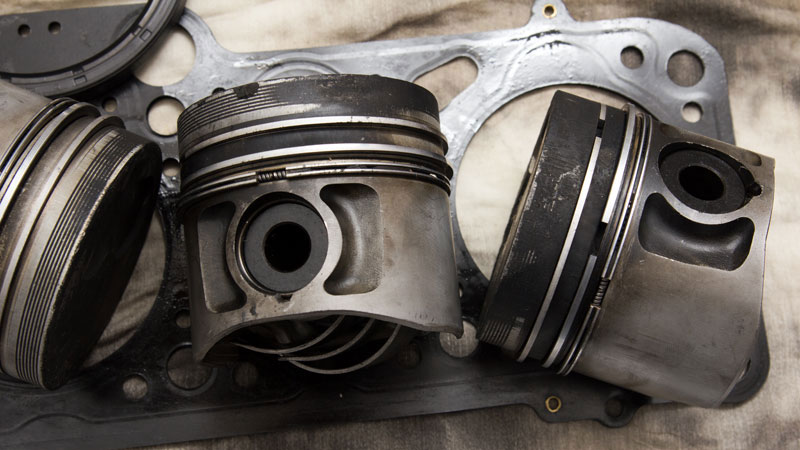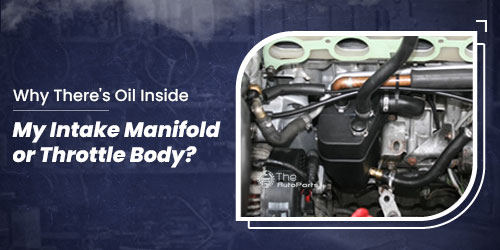History of Engines
Car engines are a crucial car component. These were introduced & sold in the year 1961. They have a Positive Crankcase Valve(PCV) installed within them and helps reduce engine emissions as per the regulations furnished by the Federal Government.
Positive Crankcase Ventilation systems were an excellent replacement for the crankcase venting systems that allowed the exit of these emissions into the atmosphere. PCV systems collect these emissions and give them back to the engine, which completes the combustion process. Car manufacturers have been instructed to make complicated PCV systems for more than ten years. These upgrades were carried out to minimize oil exit and help them release emissions back to the system. In addition to this, these systems have to handle Superchargers and Turbochargers.
This article explains how PCV systems direct engine oil to different car components like intake air piping, throttle body, and intake manifold. Also, diagnosis and correction of the issue have been recommended to you:
Detailed Working of the PCV System
The major components of rotatory machinery are placed within the crankcase and relative camshaft areas. These areas are connected and sealed from the outside. As the engine moves, the combustion chambers with high pressure would allow the combustion gases to move through piston rings and would increase the leakage. If the crankcase didn’t release the emissions, blow-by would increase the pressure at that place. This would result in oil leaks from various gaskets and seals of the car. The best thing is the issue can be fixed; the issue initially would be inspected, and intake manifold replacement will be carried out in case the situation has goes out of hands. Vapors released during the process consist of heated air and water, unburned vapors of fuel and minuscule droplets of air is to fuel mixture.
What Causes Engine Oil to Get Inside Intake Manifold?
Below are the causes that lead to engine oil accumulation of engine oil within the intake manifold. Also, intake manifold replacement is highly-recommended when such problems get worse:
Blocked Air Cleaner Filter

Your vehicle needs clean air and must be accessible to help the motor run smoothly. This is why big car brands like Toyota, Innova, and BMW emphasized air cleaners installed within the car. If the motor doesn’t receive adequate air, it will impede the car’s working, and gas would get inside the ignition chamber, resulting in dark smoke emission or smell from the ignition. Exhaust gas released by the car would weaken the turboshaft bush’s heading. In such situations, cleaning or air filter replacement is highly recommended and keeps the turbo and engine intact.
Congested Oil Passage

If you fail to change the engine oil, you’ll notice a milky or sludge oil in the vehicle’s oil section. Oil is unable to pass through the passage or becomes completely blocked. In addition to this, oil also enters the intake manifold. Check the entire PCV arrangement, and PCV could be the root cause of the issue. Sometimes dirt gets within the air intake that needs to be eradicated to fix the issue. During this issue, You’ll notice an illuminating check engine light. Cleaning would mitigate the issue in no time and take it to a qualified mechanic to determine the root cause of the problem.
Poorly Working PCV Valve
A broken PCV channel could be an underlying reason behind oil entry within the air channel. Have a look at it the moment you notice oil inside it. Check the issue thoroughly if the PCV valve is causing the issue; replacing it would be an ideal approach. If there is another issue in the PCV valve, it will be revealed by the check engine light. You can resolve the issue by cleaning it if you know how to do it; otherwise, take it to a qualified mechanic.
Damaged Piston Rings

Damaged piston rings are another reason why oil has accumulated within the car. The piston rings are found at the exterior of the car’s burning chamber. Calibrating the combustion ratio is the primary role of the engine. As every engine stroke moves, limited quantities of engine oil get within the ignition chamber. After every passing day, the engine starts wearing out, becomes loose, and oil starts moving, leading to pressure formation within the crankcase. Spilled oil would enter the air inlet, thereby leading to additional vehicle issues.
Ways to Prevent Oil from the Intake Manifold?
Regular cleaning of air cleaner with intake manifold can prevent and resolve the issues in the first place. This saves engine oil from leaking within the car, especially within the intake manifold. Furthermore, to prevent engine knocking or smooth working of engine oil, the use of oil additives is highly recommended.
If you possess the necessary automotive skills, get a new air filter from the customer’s trusted car parts and accessories store online, ‘The Auto Parts Shop’.The best thing is you get authentic and affordable car parts. Watch some DIY videos and follow the step-by-step process while replacing the filter.
Intake manifold cost is a significant factor that must be considered before buying one for your car. Buy the one that meets your car and budget needs. Compare the prices and make the purchase decision.
The Bottom Line
Oil accumulation within the intake manifold shouldn’t be taken lightly, as ignoring it would make them worse. If you possess sound technical knowledge, you can mitigate the issues by yourself; otherwise, taking it to a qualified mechanic would help it run smoothly. Get a high-quality and reasonable intake manifold from Autoparts and help your car run smoothly.
